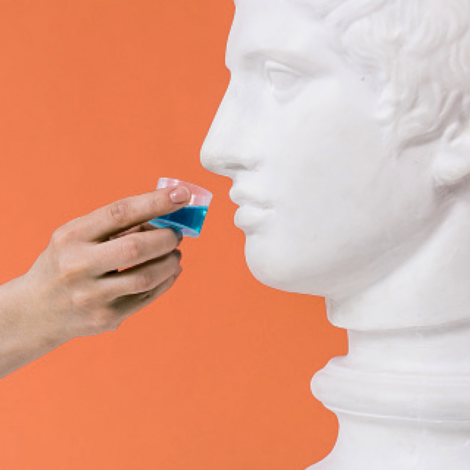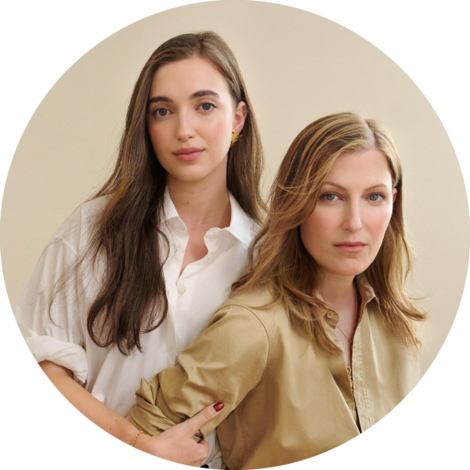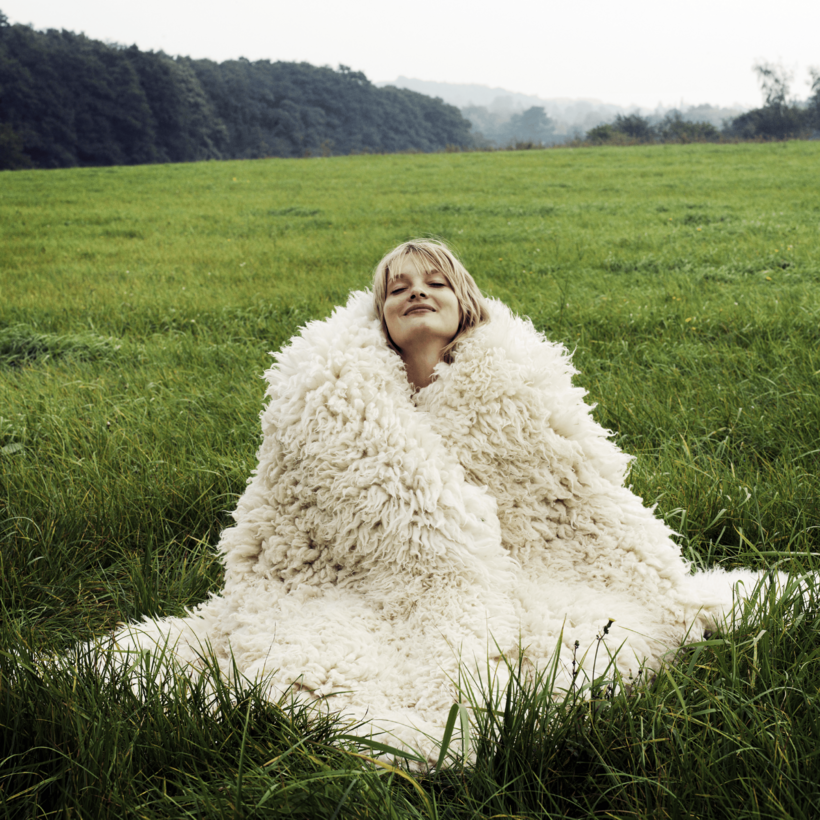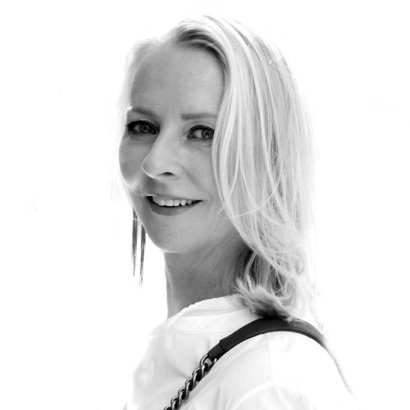I am dressed in a layer of beef tallow. I’m wearing clothes, too, but that’s not the point. You would think I’d smell like a slaughterhouse, but the jar of beef tallow I’m sampling, Fat Marshmallow (henceforth my stripper name), is modeled after Marshmallow Fluff, with the instructions “Try not to lick it off!”
I bought this whipped concoction at the suggestion of a friend who swore that it completely changed her skin—and now I’m wondering in what way. Her masseuse, who lives in Big Sur, suggested it, “and her skin is like butter,” my friend texted. I believe it because mine is now like butter, too, or, really, buttercream. Imagine blending a stick of Land O’Lakes with vanilla and confectioners’ sugar and smearing it onto your legs. Now step into your jeans and try to pretend that the sensation doesn’t make you want to rip everything off and run screaming into the street.
I endured it for a full hour before I jumped into the shower. I will never have buttery skin like a Big Sur masseuse, and that’s just something I’ll have to live with.
Beef tallow became all the rage last year. It seemed to be a passing phase, like other Amish-adjacent concepts—the nap dress, raw milk, bonnets. But all three are still going strong, and the list of Luddite products and ideas keeps growing.
Despite our high-tech, algorithmically optimized, medically advanced world, these trends are vehemently, perplexingly retrograde. Never mind that they’ve been popularized by technology. In fact, in the brief moment last month when TikTok went dark, we almost lost them all. The tallow-loving, raw-milk-imbibing, procreating tradwives were stuck in their barns with their tiny microphones leaving us with … silence. Wasn’t it grand?
Influencers are milling flour and weaving baskets, and the beauty world is joining this urge to turn back the clock to a time when soap contained lye, and baby oil seemed like a reasonable substance to baste in before baking in the sun.
It wasn’t, as anyone who indulged in that folly knows. But that hasn’t stopped the vocal sunscreen deniers from spouting all sorts of crazy: that ingesting seed oils causes sunburns or that sun exposure itself provides protection—the old base-coat myth—which is the kind of nonsense I believed in high school, and I have pictures of myself in boiled-lobster cosplay as evidence to the contrary. Sunscreen has long been proven to prevent skin cancer, but to these nonconformists, it’s a carcinogenic brew.
I will never have buttery skin like a Big Sur masseuse, and that’s just something I’ll have to live with.
Dermatologists are striking back on TikTok, playing whack-a-mole with each theory. “Blaming sunscreen for causing skin cancer is like blaming shoes for causing broken legs … and hats for causing baldness,” commented New York dermatologist Dr. Ellen Gendler on her myth-busting Instagram.
I understand the nostalgia for a time before science became, in part, an obfuscating tool of product marketing. The claims from the latest skin-care serums can be maddeningly opaque, and they require a Ph.D.-level fluency in chemistry. When I wrote about what may be a legitimate breakthrough—Plated Skin Science—I found myself drowning in medical literature, needing a late-night call with the Mayo Clinic doctor behind the creation to translate. I majored in English. Is there a James Joyce passage in the house?
Stem cells, exosomes, platelet-rich plasma, senescent cells, biomarker peptides, optimized penetration, collagen degradation—these are the big new territories in skin care. But so many words, so many of them impenetrable. As if to confound us further, many cosmetic companies invent names for their ingredient complexes, making it impossible to unravel their claims. “Your skin care is good, but it’s missing something,” reads the ad for a new line called OneSkin. “Spoiler: it’s the OS-01 peptide.” Spoiler: That’s just another peptide in a long list of them. It’s probably a fine ingredient, but it isn’t new and it isn’t the Second Coming. OneSkin, like so many skin-care companies, is trying to put a fresh spin on familiar science.
Sometimes you just want to throw up your hands and get out the beef tallow. Robert F. Kennedy Jr. loves the stuff—and look at his skin. Don’t tell him, but there’s even some science supporting tallow’s benefits. When used in a cleanser, it can be less drying than soap, according to one study. It can help with dry skin, dermatitis, psoriasis, and wound healing. Yes, it leaves an unappealing oily film on the skin and can clog pores and cause breakouts. It could also be an irritant. Not to mention what it does to your olfactory system. Meaty.
It seems hard to believe, but identity politics has infiltrated skin care, of all things, and that may explain some of the appeal of these unorthodox trends. In a new study by Bread Financial with Ulta Beauty, Gen Z–ers and millennials said they use beauty products as a way to “showcase different aspects of their personal identities and styles.” I understand how that works for makeup and hair, but switching from Olay to beef fat or from Supergoop! to nothing at all is now, apparently, an act of rebellion and a declaration of independence from beauty culture and capitalism.
If you couldn’t guess, I side with science. I like facts in my skin care and tested ingredients in every bottle. I prefer preservatives over mold. And I’ve never been tempted to whip up an oatmeal face mask or paste organic honey onto my skin. If it comes in a Mason jar or has puns on the label (“Holy cow, that’s good!” “Tell your old moisturizer to moo-ve over!”), I’m out. That’s my particular bias.
Somewhere between the extremes of chemical complication and homegrown simplicity lies happiness, or at least happy skin. It doesn’t have to be so difficult. Dr. Leslie Baumann, a dermatologist and the founder of the University of Miami’s Cosmetic Medicine and Research Institute, tells me that, time and again, she sees patients who apologize for their slapdash, bare-bones habits. “As long as you’re using a sunscreen, a moisturizer, and a retinoid, you’re good,” she reassures them. Just what I want to hear.
Linda Wells is the Editor at Air Mail Look





